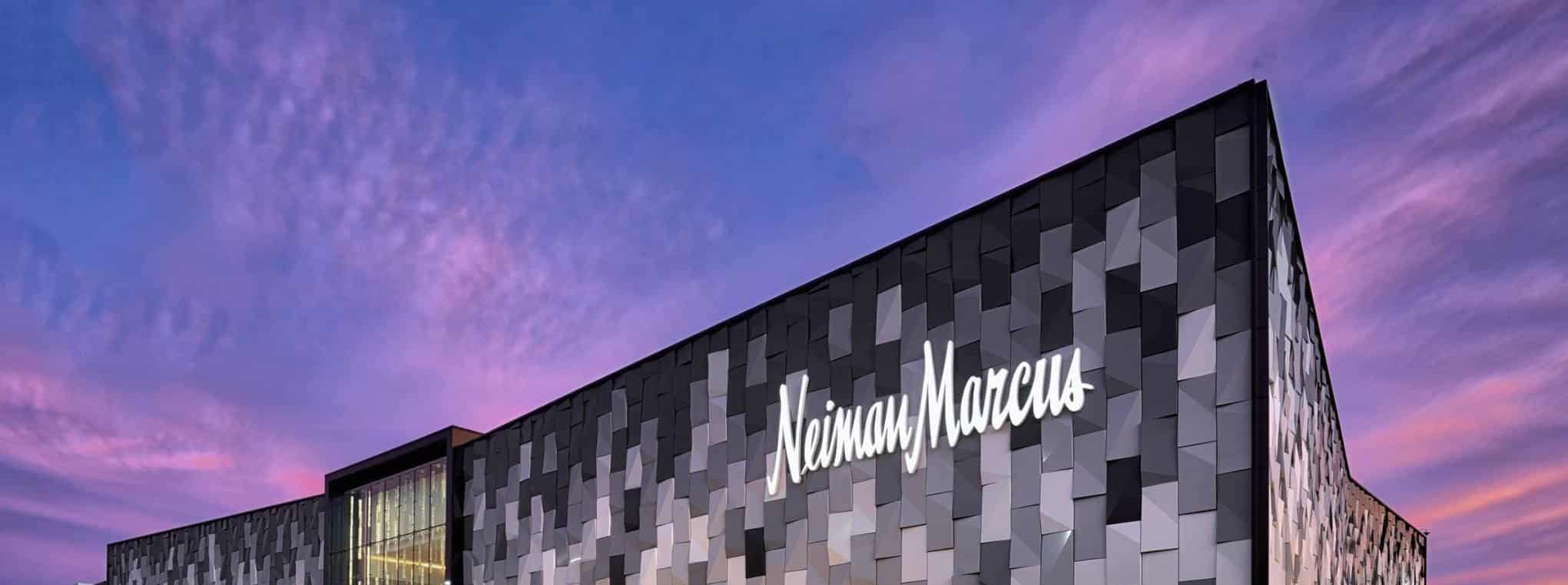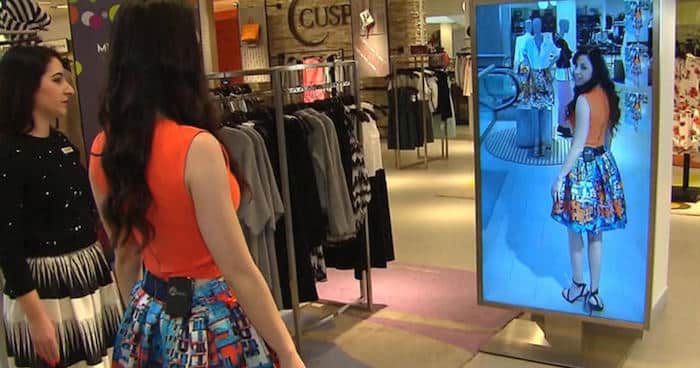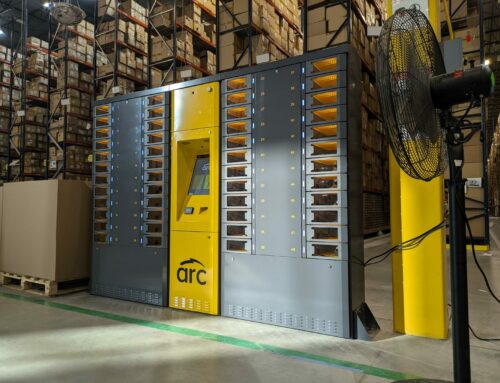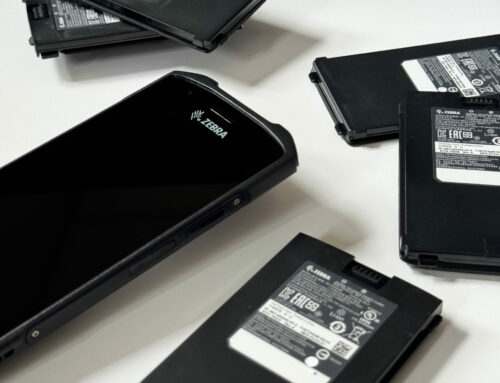Interview with Scott Emmons, Head of the Neiman Marcus Innovation Lab

If there’s one retailer that always seems on the cusp of the latest retail technology, it’s Neiman Marcus. From their game-changing mobile app (with slick features like Snap.Find.Shop.) to their nation-wide rollout of ChargeItSpot charging kiosks, to 2015’s runaway hit the “Memory Mirror,” Neiman Marcus has been committed to evaluating and piloting the latest and greatest retail technologies out of its Innovation Lab. At the head of the Dallas-based iLab, as it’s come to be known, is enterprise architect Scott Emmons.
We sat down with Scott to talk about the mobile revolution, the role of technology in the retail landscape, and what’s new for Neiman Marcus in 2017.
ChargeItSpot: How did you help Neiman Marcus prepare for the mobile revolution?
Emmons: The mobile revolution started well before the iLab was created (about 5 years ago). I founded the Neiman Marcus enterprise architecture team and that team worked on the foundational stuff required to modernize the way we got data to and from the stores. The iLab team’s creation was propelled by what we could see was happening with mobile. It underlined the importance of doing a better job delivering data to the place where our associates and customers needed it.
ChargeItSpot: How do you convince Neiman Marcus execs to implement a new retail technology tool?
Emmons: Very carefully! Concepts are sent to us and explored in the lab and then we try to build a use case. We ask whether this technology would make the experience better for the customer, is it economically viable, is it scalable, etc…all the things required to roll out the new technology in a big way. If we get check marks on all those boxes, then we’ll roll out the technology on a small scale pilot to prove out the use cases and demonstrate ROI and if all that comes to fruition then it’s up to the senior execs and budget people to determine if they want the new technology deployed to all stores.

In May 2016, Neiman Marcus rolled out ChargeItSpot charging kiosks to stores nationwide
ChargeItSpot: You have an IT background yourself. How often do you personally brainstorm new technology ideas for Neiman Marcus?
Emmons: In a lot of instances, I act like a conductor. I oversee lots of different technologies and concepts and ideas and then I have my own thoughts on how to synthesize them to fit into the Neiman Marcus brand identity. I’m not really an inventor, but I have an eye for what’s good and what works. And as my experience increases, I’ve learned more and more about luxury retail and that’s helped enable me to take ideas that weren’t necessarily designed for luxury retail and change it into something that fits our business.
ChargeItSpot: There’s a lot of buzz around VR, AR and AI in retail but at the same time consumers seem to long for the days when they could have a genuine, human interaction with a sales associate. How do you reconcile these two seemingly contradictory trends?
Emmons: I’ve never promoted that technology solves everything. For some retail interactions, technology may not be necessary at all and could even get in the way of a good old fashioned relationship. I have two golden rules when evaluating technology: It has to solve a real problem for the customer and it should enhance our relationship with them. We’re always looking for ways to make technology work in synergy with our associates. Technology should be an enabler to that human connection.
ChargeItSpot: The Neiman Marcus “Memory Mirror” may be your most smashing tech success to date. What do you anticipate will be the Memory Mirror of 2017? What technology are you most excited about?
Emmons: We’ve been doing the Memory Mirror for over two years now. When we first started delivering them to stores, we knew there were lots of use cases for them and we’re still continuing to build on that. The Memory Makeover is poised to be our 2017 blockbuster. It allows brand associates to record makeover sessions and send tutorials to the customer via email. It’s a great use case and there’s more to come with this technology. Another exciting project we’re working on is with Theatro, a store communicator technology for our LastCall stores. We’re excited about the early results of that project. It’s currently rolling out.

The Neiman Marcus “Memory Mirror”
ChargeItSpot: How does a luxury retailer distinguish itself from non-premium retailers when it comes to its technology adoption?
Emmons: Being a luxury retailer, technology that interests me may not be of interest to retailers in other markets and spaces. At Neiman Marcus, we concentrate on the experiential and technology that helps highlight the product and improve the shopping experience for the customer. Luxury is about fine craftsmanship and rarity and so I spend a lot of time thinking about how I can help us do a better job at enlightening a customer about what makes something special. On the other hand, in non-premium stores, you often see technology tools that are focused on the promotional, that help identify the customer and offer tailored couponing.
In the end, all retailers are hard at work trying to figure out how technology can fit into their business. Retail was slow to adopt digital in stores but that’s changed and everyone has realized that to be in the game they need to see what digital can bring to the table.








